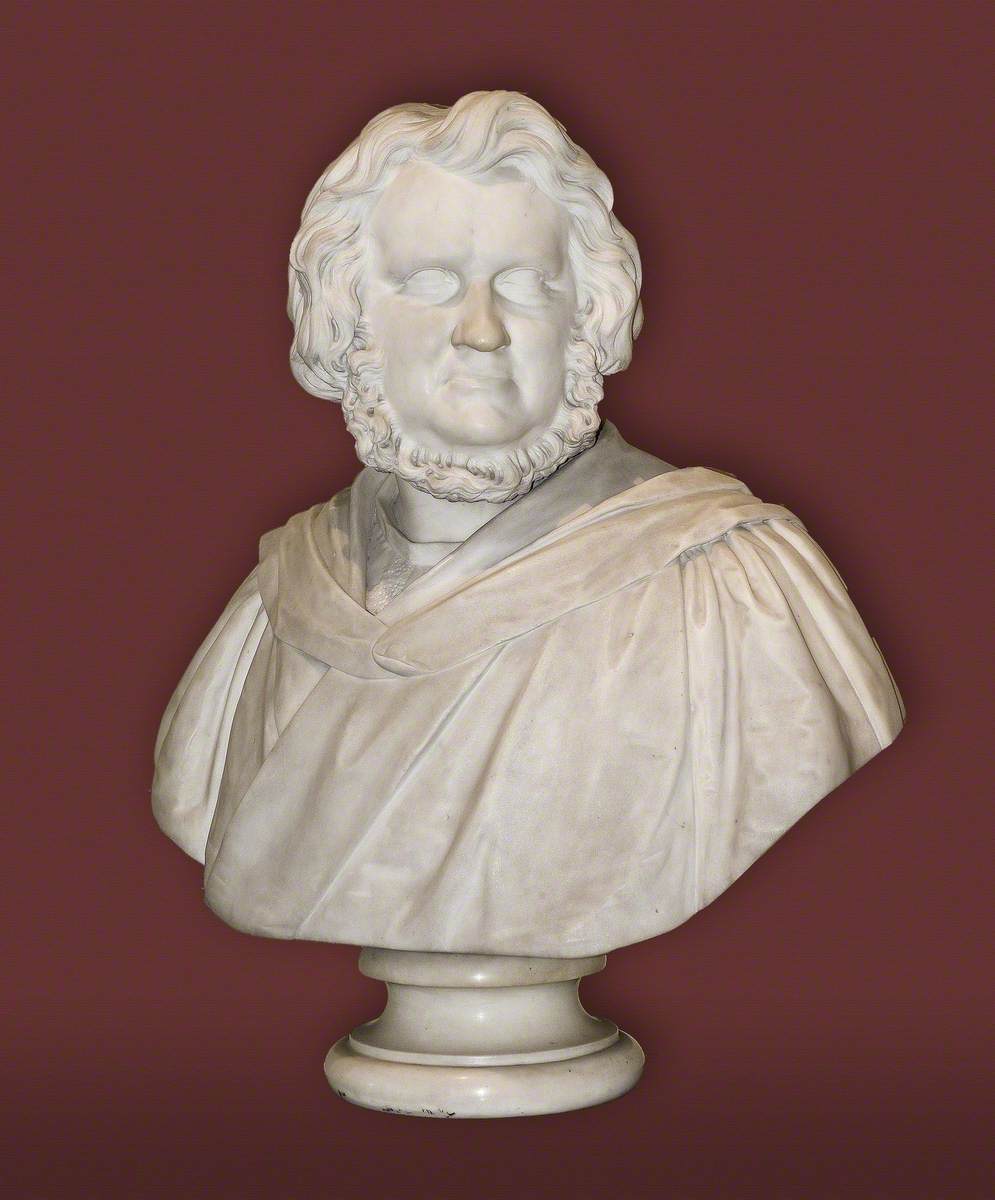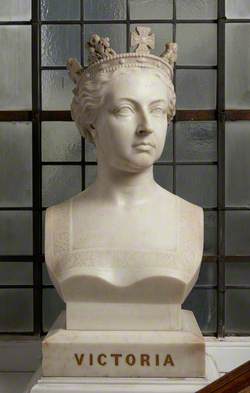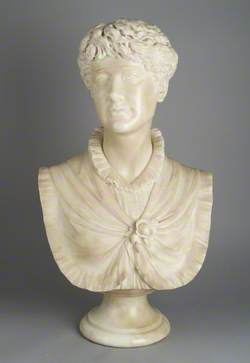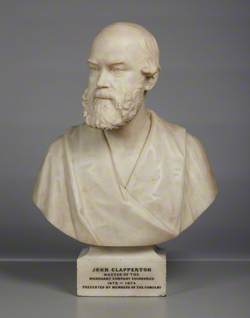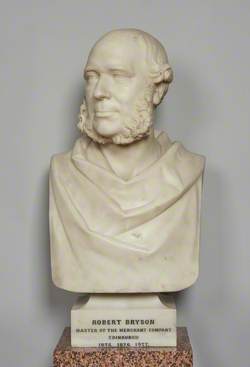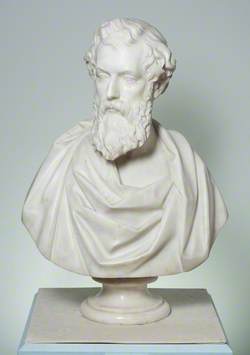How you can use this image
This image can be used for non-commercial research or private study purposes, and other UK exceptions to copyright permitted to users based in the United Kingdom under the Copyright, Designs and Patents Act 1988, as amended and revised. Any other type of use will need to be cleared with the rights holder(s).
Review the copyright credit lines that are located underneath the image, as these indicate who manages the copyright (©) within the artwork, and the photographic rights within the image.
The collection that owns the artwork may have more information on their own website about permitted uses and image licensing options.
Review our guidance pages which explain how you can reuse images, how to credit an image and how to find images in the public domain or with a Creative Commons licence available.
Notes
Add or edit a note on this artwork that only you can see. You can find notes again by going to the ‘Notes’ section of your account.
Simpson studied at the University of Edinburgh from 1825 until 1832, becoming a licentiate of the Royal College of Surgeons of Edinburgh in 1830. In 1836 he gained a position at the City Lying-in Hospital in Edinburgh and he began practicing midwifery. By 1839 Simpson held the chair of midwifery at the University of Edinburgh and his practice grew rapidly, catering for both obstetrics and general medicine. Simpson experimented with chloroform, first on himself along with two assistants, before starting to utilise it on his patients. He was criticised for his use of anaesthetics in cases of normal, uncomplicated labour, with contemporaries from both within and outside of the clergy arguing that the pain was healthy or divinely sanctioned. Nonetheless, the use of anaesthesia, particularly chloroform, became standardised obstetric practice and Simpson gained international fame.
Title
Sir James Young Simpson (1811–1870)
Date
mid-19th C
Medium
marble
Accession number
OBJ/SCU/64
Acquisition method
purchased by the RCPE in 1871
Work type
Bust
